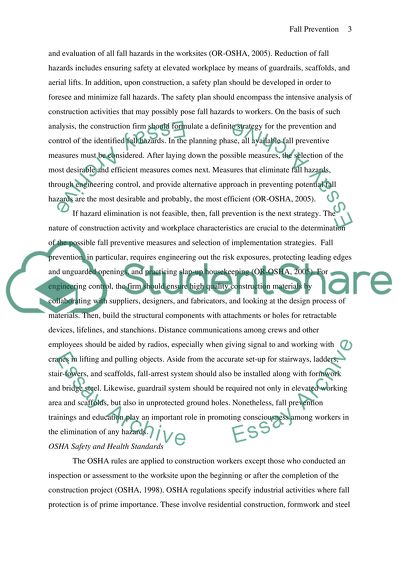Cite this document
(The Occupational Safety and Health Administration Fall Prevention Term Paper, n.d.)
The Occupational Safety and Health Administration Fall Prevention Term Paper. Retrieved from https://studentshare.org/human-resources/1563202-ohsa-fall-prevention
The Occupational Safety and Health Administration Fall Prevention Term Paper. Retrieved from https://studentshare.org/human-resources/1563202-ohsa-fall-prevention
(The Occupational Safety and Health Administration Fall Prevention Term Paper)
The Occupational Safety and Health Administration Fall Prevention Term Paper. https://studentshare.org/human-resources/1563202-ohsa-fall-prevention.
The Occupational Safety and Health Administration Fall Prevention Term Paper. https://studentshare.org/human-resources/1563202-ohsa-fall-prevention.
“The Occupational Safety and Health Administration Fall Prevention Term Paper”, n.d. https://studentshare.org/human-resources/1563202-ohsa-fall-prevention.


